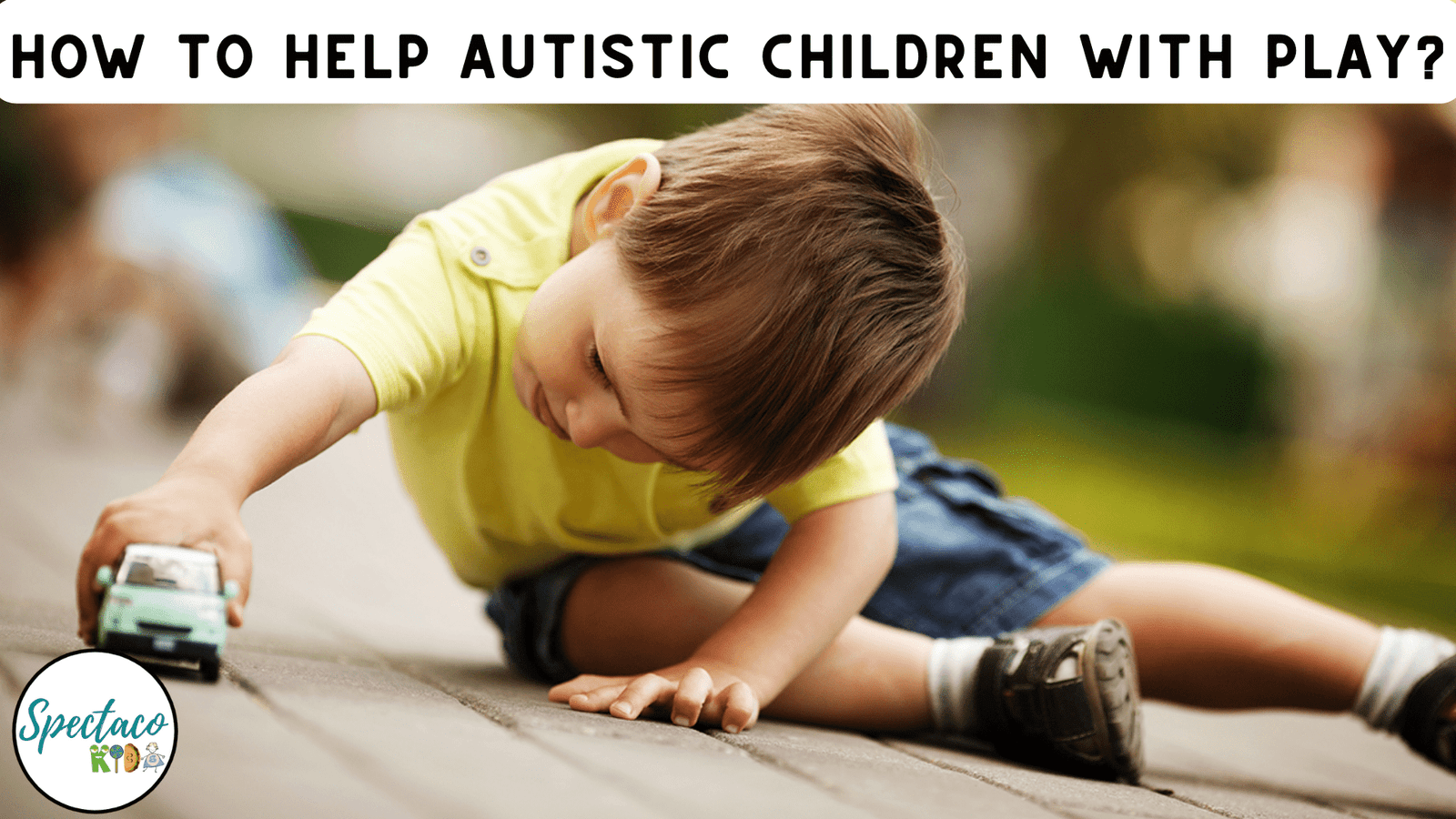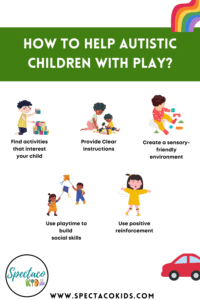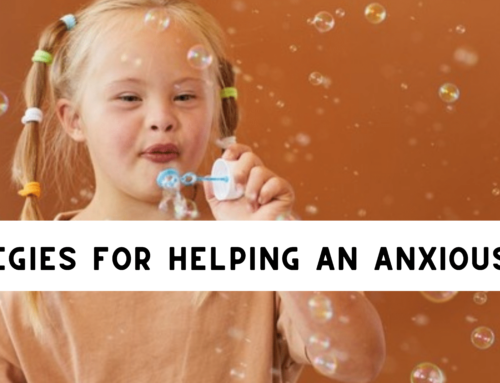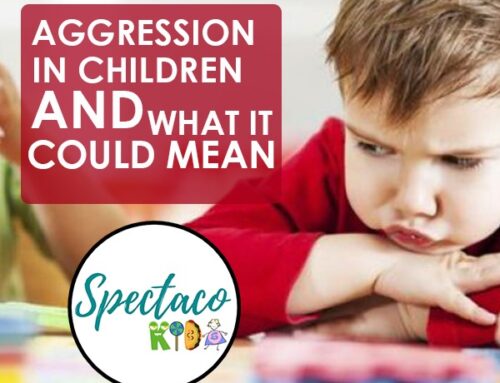Play is an essential part of childhood development. It helps children develop social, cognitive, and physical skills that are crucial for their future success. For children on the autism spectrum, however, playtime can often be a challenging experience. Autistic children may have difficulty with social interactions, communication, and sensory processing, all of which can make it harder for them to engage in play. But with a little bit of patience, creativity, and understanding, parents can help their autistic children find joy and success in play. Here are some tips on how to help your autistic child play.
Find Activities that Interest Your Child
One of the most important things you can do to help your autistic child play is to find activities that they are interested in. Children on the autism spectrum often have particular interests and passions that can be a great source of motivation and engagement. Some may be drawn to sensory activities like playing with slime, while others may enjoy imaginative play with action figures or dolls. By finding activities that your child enjoys, you can help them stay engaged and motivated.
Provide Clear Instructions and Structure
Autistic children often thrive on routine and structure. Providing clear instructions and structure during playtime can help your child feel more comfortable and confident in their play. For example, you can start by explaining the rules of a game or activity before beginning, and breaking down the steps into manageable parts. You can also provide visual cues or prompts to help your child understand what they need to do.
Create a Sensory-Friendly Environment
Many autistic children have sensory sensitivities that can make certain types of play uncomfortable or overwhelming. By creating a sensory-friendly environment, you can help your child feel more comfortable and at ease during playtime. For example, you can provide noise-canceling headphones or a quiet play area to help your child filter out distracting sounds. You can also provide soft lighting or dimmer switches to reduce sensory input.
Use Play to Build Social Skills
Playtime can be a great opportunity for autistic children to build social skills and practice communication. You can encourage your child to engage in cooperative play with others, such as playing a board game or working on a puzzle together. You can also use play to teach social skills like taking turns, sharing, and communication. For example, you can role-play social situations or practice conversation skills during playtime.
Emphasize Positive Reinforcement
Finally, it’s important to emphasize positive reinforcement during playtime. Praise your child for their efforts and successes, and provide positive feedback to encourage them to continue playing. Remember that playtime should be a fun and enjoyable experience for your child, and by focusing on their strengths and interests, you can help them build confidence and self-esteem.
Key Takeaways
In conclusion, helping your autistic child play may require some additional effort and understanding, but it is an essential part of their development. By finding activities that interest your child, providing clear instructions and structure, creating a sensory-friendly environment, using play to build social skills, and emphasizing positive reinforcement, you can help your child find joy and success in playtime. Remember that every child is unique, and it may take some trial and error to find the activities and strategies that work best for your child. But with patience and persistence, you can help your child learn, grow, and thrive through play.







